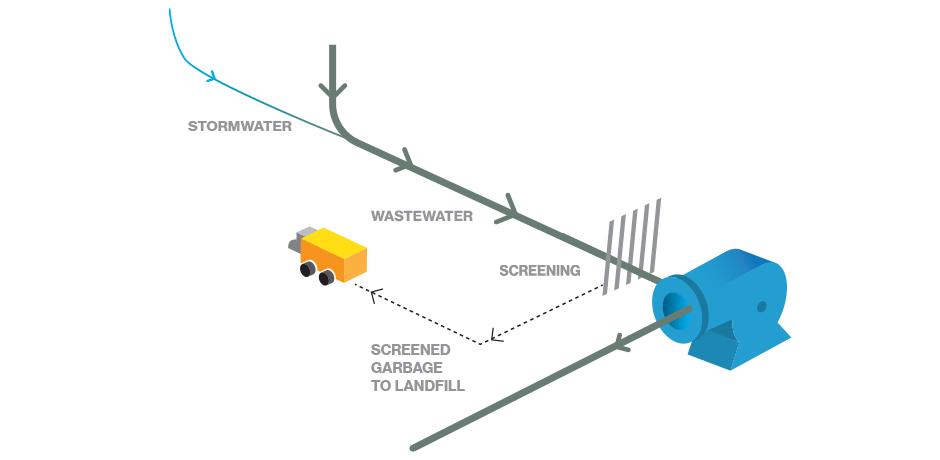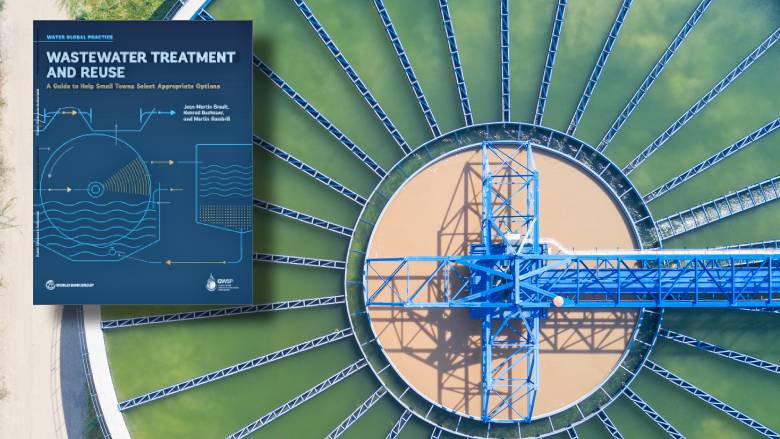The Relevance of Chemical Processes in Waste Water Treatment
Wiki Article
Strategic Approaches to Boost Waste Water Therapy Performance and Minimize Environmental Impact
In the realm of drainage treatment, the mission for enhanced effectiveness and minimized environmental effect is a continuous challenge that demands critical solutions. As society comes to grips with the critical to manage water resources sustainably, a nuanced strategy ends up being necessary. The integration of sophisticated treatment modern technologies, energy-efficient processes, source healing strategies, boosted nutrient elimination strategies, and smart monitoring and control systems represents a multifaceted structure for resolving these pushing concerns. What exists at the core of this facility internet of techniques is the potential to transform the means we approach waste water treatment, not just as a procedure of disposal, yet as a useful chance for development and ecological stewardship.Advanced Therapy Technologies
Sophisticated membrane filtering systems have revolutionized sophisticated wastewater therapy processes, significantly improving the removal of impurities. These cutting-edge systems function by compeling water via a semi-permeable membrane layer, effectively separating pollutants from the water stream. The membrane layer's microscopic pores catch toxins such as microorganisms, viruses, and put on hold solids, allowing only cleansed water to travel through. This modern technology has shown to be extremely efficient in removing a wide variety of pollutants, consisting of pharmaceuticals, heavy steels, and organic substances, which are often challenging to get rid of via typical treatment approaches.Moreover, membrane layer filtration systems offer numerous benefits over traditional treatment strategies. They call for much less room, create higher-quality effluent, and are a lot more resistant to changes in influent water high quality. In addition, these systems are very flexible and can be quickly incorporated into existing therapy plants or utilized as standalone units for decentralized applications. As the demand for tidy water proceeds to increase, the adoption of innovative membrane layer filtering innovations is vital to ensure lasting and efficient wastewater treatment techniques.
Energy-Efficient Processes
The assimilation of energy-efficient procedures in wastewater treatment systems is critical for enhancing source use and decreasing functional costs. By applying energy-efficient innovations, treatment plants can significantly reduce their carbon impact and overall ecological impact. One vital method to boosting energy effectiveness in wastewater treatment is the application of innovative oygenation systems, such as great bubble diffusers or surface aerators, which can boost oxygen transfer efficiency and decrease energy usage. Furthermore, incorporating energy recovery systems, like anaerobic food digestion for biogas production or utilizing excess warm for thermal procedures, can help balance out power demands and advertise sustainability.Furthermore, optimizing process control and automation with using innovative sensing units and monitoring systems can enhance overall energy effectiveness by changing operations in real-time based on actual demand and conditions. Executing energy audits and consistently checking power performance indicators are important practices to identify locations for renovation and track energy-saving initiatives efficiently. On the whole, the adoption of energy-efficient processes in wastewater therapy not just benefits the environment yet likewise adds to long-lasting cost savings and functional sustainability.
Source Healing Methods
With a concentrate on enhancing source utilization and sustainability in wastewater therapy systems, the execution of source recovery approaches arises as an essential aspect in enhancing functional effectiveness. Resource recuperation approaches in wastewater therapy click for more include the recognition and removal of valuable sources from the waste stream, thus turning what was as soon as taken into consideration waste into a beneficial property. By carrying out resource recuperation techniques such as nutrient elimination and healing, power generation from raw material, and the manufacturing of reusable water, wastewater therapy plants can minimize ecological effect while making the most of performance.
Improved Nutrient Removal Techniques
Implementing innovative nutrient elimination methods is vital for enhancing the efficiency of wastewater therapy systems. Enhanced nutrient elimination plays a crucial duty in minimizing the ecological effect of treated effluent released into water bodies. Among the essential strategies utilized for boosted nutrient removal is the process of biological nutrient removal (BNR), which includes the elimination of nitrogen and phosphorus through organic procedures. This can be attained via using specialized bacteria that can convert nitrogen substances into inert nitrogen gas with denitrification, and build up phosphorus within their cells with a process called boosted biological phosphorus removal (EBPR)
In addition to BNR, advanced therapy techniques such as membrane layer bioreactors (MBRs) and constructed wetlands can additionally be employed to boost nutrient removal performance. MBRs make use of membranes to accomplish high-quality effluent criteria by successfully getting rid of nutrients and suspended solids. Constructed wetlands simulate all-natural wetland processes to eliminate nutrients via plant uptake, microbial task, and sedimentation. By incorporating these advanced nutrient elimination strategies into wastewater treatment communities, markets and systems can properly decrease nutrient contamination and shield the setting.
Smart Tracking and Control Equipment
Using advanced modern technology, the combination of smart monitoring and control systems changes the functional efficiency of wastewater therapy facilities. These systems include sophisticated sensors and information analytics to continuously monitor essential specifications such as pH levels, turbidity, dissolved oxygen, and circulation rates in real-time. By collecting and evaluating this information, drivers can obtain valuable insights right into the performance of the treatment processes, allowing aggressive adjustments to optimize therapy efficiency.Smart tracking and control systems additionally sustain remote monitoring capacities, allowing drivers to access real-time information and control functions from off-site areas. This remote availability enhances operational adaptability and responsiveness, allowing speedy treatments in case of system breakdowns or variations in influent quality. official statement Furthermore, the anticipating upkeep capabilities of these systems aid protect against devices failures and reduce downtime, ultimately boosting the total integrity of wastewater therapy operations (Waste Water Treatment).
Final Thought
In verdict, tactical techniques such as sophisticated therapy modern technologies, energy-efficient processes, source recovery techniques, boosted nutrient removal techniques, and wise surveillance and control systems play a vital duty in enhancing wastewater therapy performance and lessening environmental influence. By executing these strategies, wastewater treatment plants can boost their total efficiency, reduce energy consumption, recover important resources, and guarantee conformity with ecological policies. These strategies are essential for lasting and efficient wastewater monitoring methods.
In final thought, tactical strategies such as innovative therapy modern technologies, energy-efficient procedures, source recovery methods, enhanced nutrient elimination strategies, and smart surveillance and control systems play an important role in improving wastewater treatment effectiveness and minimizing environmental impact.
Report this wiki page